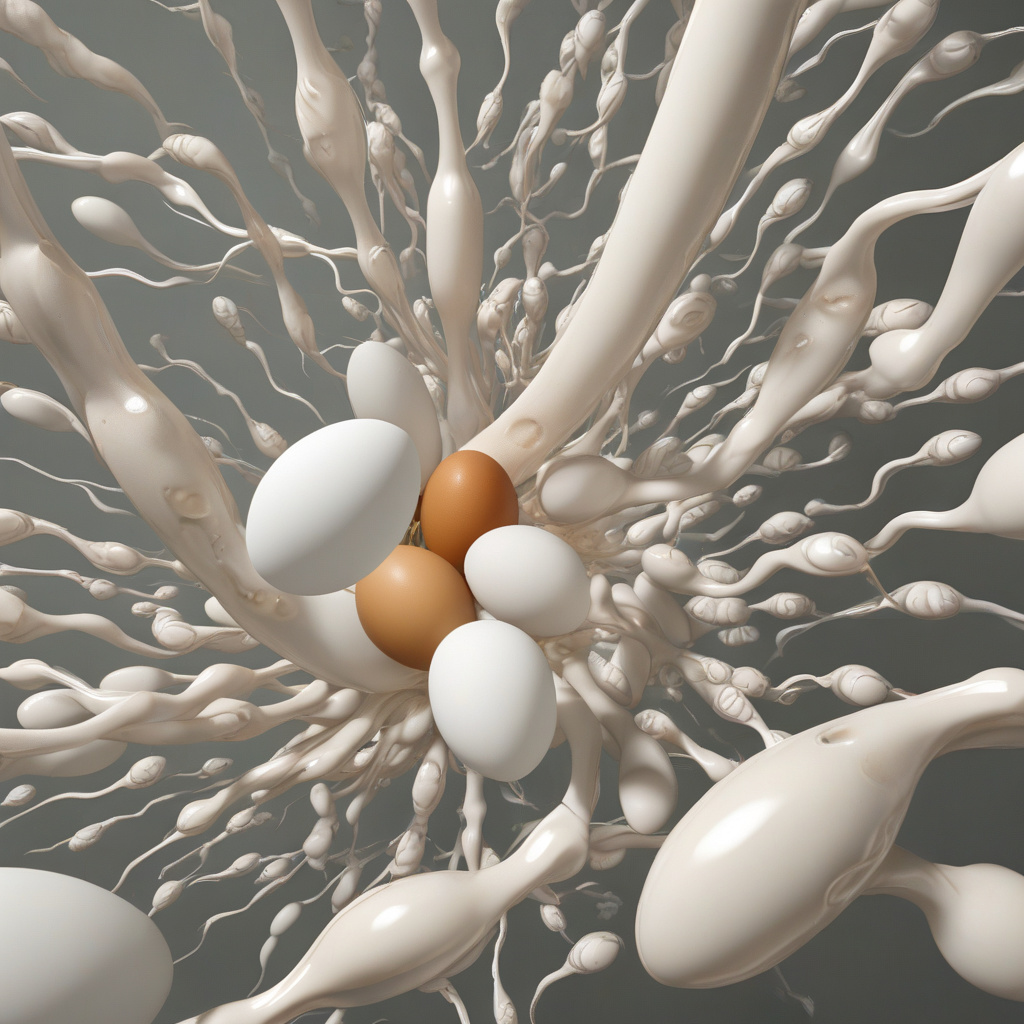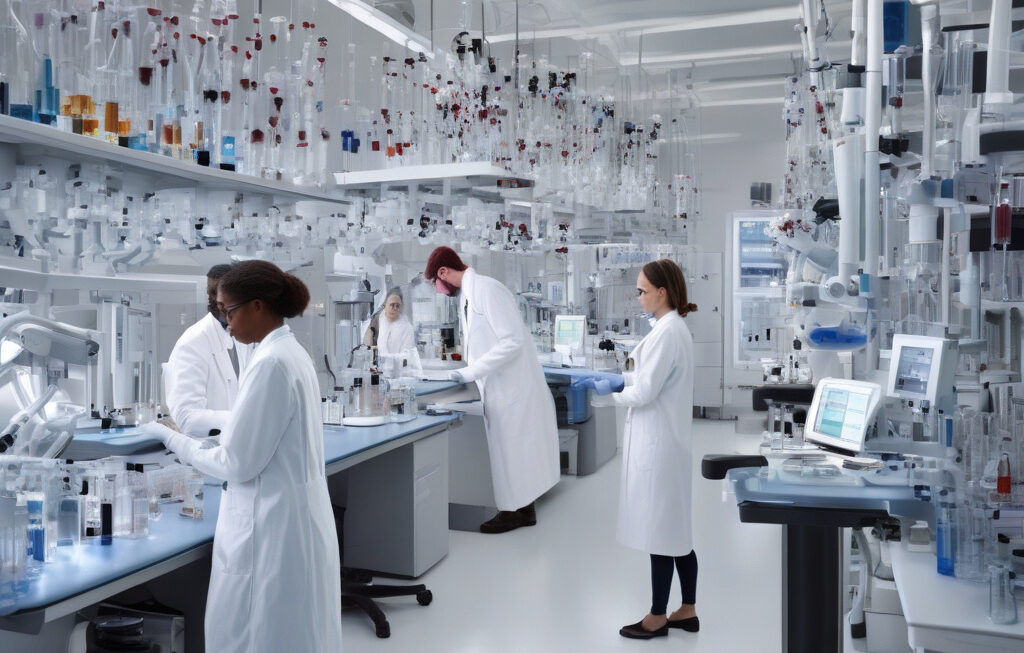Sperm Use Corkscrew-Like Fluid Flows to Screw Through Their Path to Fertilization
We often imagine sperm as swimmers, tiny cells whipping their tails to power through fluid. However, recent studies have revealed a fascinating and lesser-known aspect of sperm motility – their ability to navigate through complex environments using corkscrew-like movements facilitated by fluid flows. This discovery sheds light on the remarkable adaptability and efficiency of sperm in their quest to fertilize the egg.
In a study published in the journal Science Advances, researchers from the University of York and the University of Tokyo used high-speed imaging techniques to observe how sperm interact with fluid flows in various microfluidic environments. What they found was truly astonishing – sperm are not just passive swimmers but actively leverage the surrounding fluid dynamics to enhance their motility.
The key to this corkscrew-like motion lies in the asymmetry of the sperm cell itself. Unlike symmetrically shaped cells, such as red blood cells, sperm have a distinct head and tail structure. When exposed to fluid flows, this asymmetry causes the sperm to experience a rotational force, similar to how a corkscrew moves through a cork. By harnessing this rotational motion, sperm can effectively navigate through viscous environments that would otherwise impede their progress.
This discovery has significant implications for our understanding of fertility and reproductive health. The ability of sperm to exploit fluid flows to enhance their motility could explain how they overcome the numerous barriers present in the female reproductive tract to reach the egg. By better comprehending the mechanics of sperm movement, researchers may uncover new strategies to improve assisted reproductive technologies and treat infertility.
Moreover, this corkscrew-like motion showcases the incredible evolutionary adaptations that have fine-tuned sperm for their specific function. Millions of years of evolution have sculpted sperm into highly specialized cells capable of remarkable feats of agility and endurance. From navigating the complex female reproductive system to outcompeting rival sperm in the race to fertilize the egg, these cells exemplify nature’s ingenuity at its finest.
In the field of biomimicry, scientists and engineers draw inspiration from nature to design innovative technologies. The discovery of sperm’s corkscrew-like motion could inspire the development of novel microscale robots or drug delivery systems that mimic this unique mode of propulsion. By emulating the strategies perfected by sperm over millennia, researchers may unlock new possibilities for biomedical applications and beyond.
As we continue to unravel the mysteries of sperm motility, one thing remains clear – these tiny cells are far more than simple swimmers. By leveraging corkscrew-like fluid flows to screw through their path to fertilization, sperm exemplify the beauty of nature’s design and the power of evolution in shaping life’s most fundamental processes.
fertility, reproduction, sperm motility, biomimicry, reproductive health












